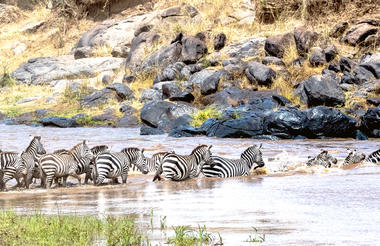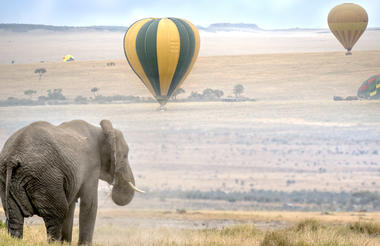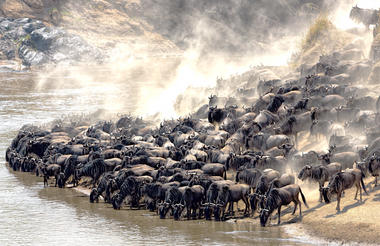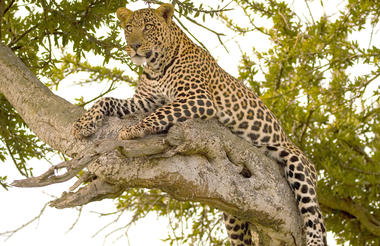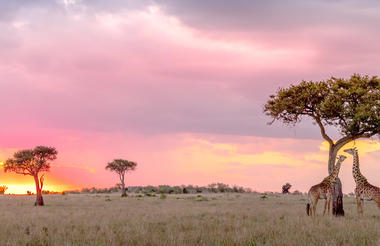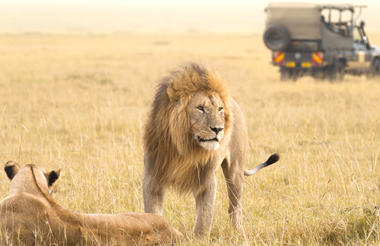Perched at an elevation of approximately 1,850 metres, Rwanda's capital city sprawls across a series of verdant hills and valleys and is the country’s financial, commercial and cultural hub, . This undulating terrain provides panoramic vistas, with Mount Kigali offering well-marked trails for hikers to explore its lush vegetation and unique wildlife. The city's history is deeply etched in sites like the Kigali Genocide Memorial, a poignant tribute to the nation's past. Today, Kigali thrives with a vibrant arts scene, exemplified by venues such as the Inema Arts Center, where contemporary Rwandan art flourishes. Culinary enthusiasts can indulge in the city's burgeoning food scene, including traditional milk bars that serve fresh dairy-based beverages. The Kimironko Market presents a sensory feast of fresh produce, textiles, and crafts. The Uganda National Mosque, commissioned by Libya’s former leader Muammar Gaddafi, was built to strengthen diplomatic and religious ties between Libya and Rwanda. Nearby, Nyamirambo brims with colourful streets, local boutiques, and a lively nightlife.



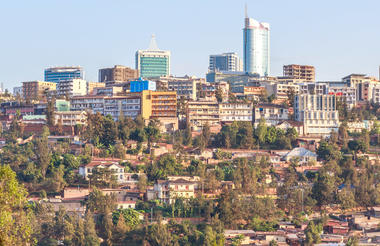
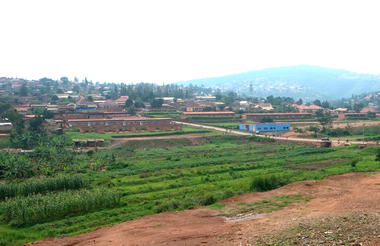
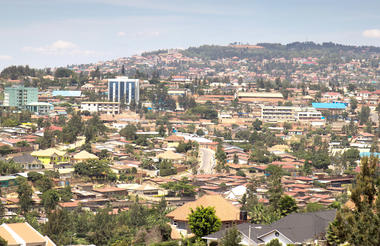
Set high on the jungle-covered slopes of the volcanic Virunga Mountains in Rwanda, the Volcanoes National Park is best known as a sanctuary for the region’s rare mountain gorillas. Visitors flock here to experience face to face encounters with these intriguing creatures. Regulated treks through the reserve allow visitors to spend an hour at a time with these incredible primates in their natural habitat. While the gorillas are without a doubt the main drawcard, visitors can also look forward to exploring a network of scenic hiking trails, with the beautiful day hike to the crater lake on Mount Bisoke being a particular highlight. Make sure to visit the fascinating Karisoke Research Centre and the tomb of the world-famous Dian Fossey.
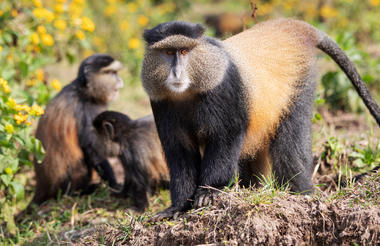
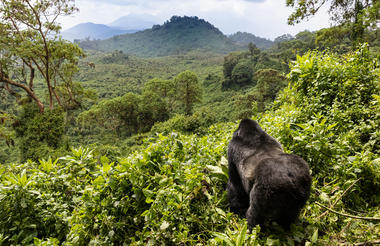
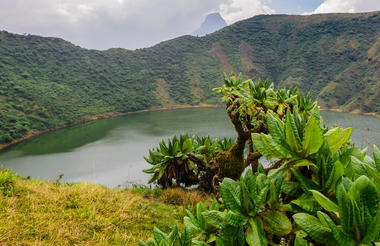
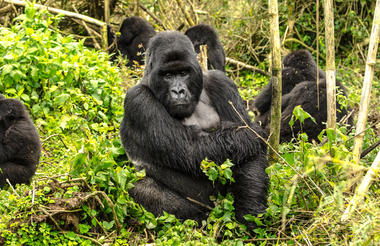
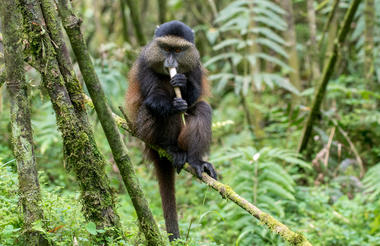
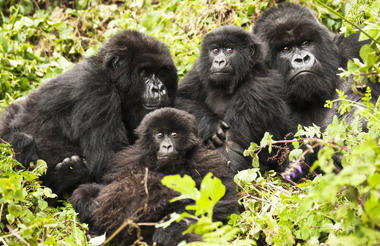
Situated along the Nairobi River in beautiful Kenya, the capital of Nairobi is East Africa's most cosmopolitan city. It serves as an excellent starting point for African safari trips around Kenya. Nairobi is Africa’s 4th largest city and is a vibrant and exciting place to be. There are some fascinating attractions: its cafe culture, unbridled nightlife, the National Museum, the Karen Blixen Museum and most notably, just 20 minutes from the city centre, wild lions and buffalo roam in the world’s only urban game reserve. Make sure you pay a visit to the elephant orphanage operated by the David Sheldrick Wildlife Trust for a once in a lifetime experience.
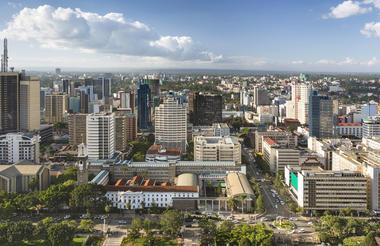


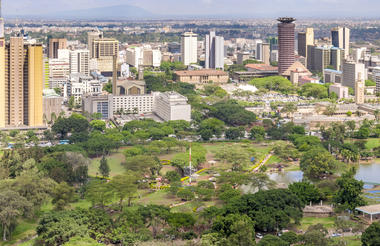
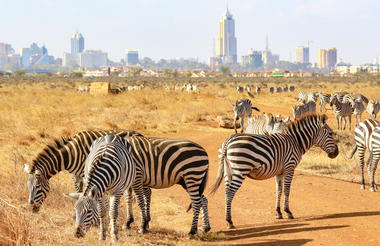
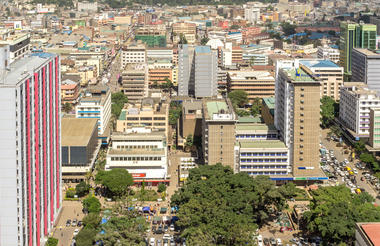
Fringing the northwestern edge of Kenya’s Laikipia plateau, the Mugie Conservancy features over 200 square kilometres of scenic landscape. Almost half the conservancy falls within the Mugie Sanctuary which is home to an abundance of elephants, Grevy’s zebras, big cats, and endangered Jackson’s hartebeests. Other commonly spotted species include zebra, buffalo, ostriches, giraffes, warthogs, an abundance of birdlife, and a variety of different antelope. Visitors can look forward to thrilling game safaris, guided walking tours, and educational talks on the conservation efforts of the area.
.






One of Kenya’s undisputed natural highlights is the Masai Mara National Reserve, which sprawls across more than 1500 square kilometres of the country’s southwest. The park protects a phenomenal array of game, including elephant, lion, leopard and buffalo, as well as crocodile and hippopotamus in the Mara River. The birdlife is no less impressive, with over 450 resident bird species. However, the true highlight here is the Great Migration, recognised as one of the Seven New Wonders of the World. To survive the dry months of July to September, some 1.7 million wildebeest, migrate from the parched plains of the Serengeti National Park in Tanzania. Along with much smaller numbers of antelope, buffalo and zebra, they move to the more forgiving grasslands of the Masai Mara. In their wake come predators such as lion, hyena and cheetah, for whom these giant herds are an easy source of prey.
